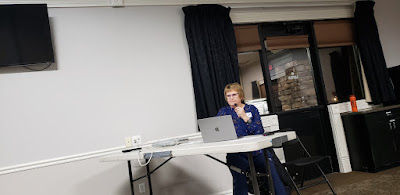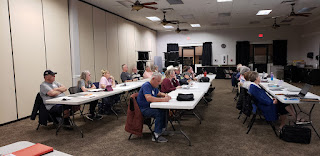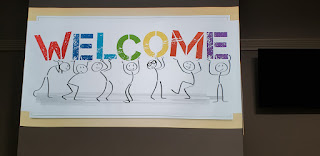February will be a busy month for our club with a field trip and additional educational opportunities available. Let's take a look.
February 6 - We'll hear about the Photo Angel project from Kate Kelly via Zoom.
February 13 - Maureen E. and Annie will do a "tag team" of naturalization information. Annie will provide an overview of early naturalization regulations followed by Maureen's take on women's difficulties with naturalization laws.
February 20 - Annie will cover a favorite topic: County Histories. Did you know that many of your ancestors wrote their autobiographies?
February 21 - Field trip to the local FamilySearch Center.
February 27 - Maureen S. will be introducing us to AI and genealogy.
February 29-March 2 - RootsTech 2024, a free online opportunity for classes on many facets of genealogy research.
















